How Temperature Affects RO Water Production
- News
- 01 Jan, 2019
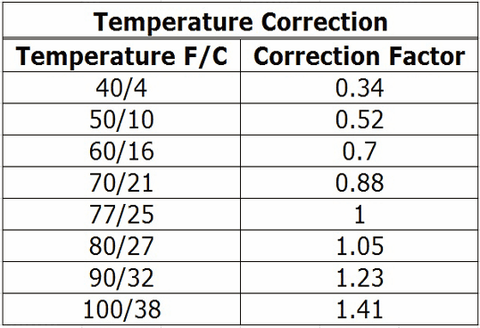
Every year, thousands of dollars are wasted on unneeded membrane replacements because hobbyists overlook the negative effects of cold water on their reverse osmosis (RO) system performance. Assumptions are generally made that their membranes have fouled, when in fact the temperature of the feed water has just dropped and caused the membrane production to be significantly reduced. Often, this is because hobbyists forget to take into consideration the lower feed water temperatures experienced during the winter season. RO system manufacturers can count on receiving phone calls where customers say, ‘For some reason the system is producing 30-50% less product water than it did before’. In addition, the customer may say, ‘The system’s feed water conditions have not changed,’ not taking into account the feed water temperature.
FACT: As water gets colder it gets thicker and the flow rate out of a TFC membrane DECREASES. As water gets warmer it gets thinner and the flow rate coming out of a membrane INCREASES. All flow rates stated on reverse osmosis systems and membranes are assuming a water temperature of 77 degrees F. As the water temperature changes so will the flow rate. For every degree F you lower the temperature you lose about 3% of product flow. For every degree F you raise temperature you gain about 3% product flow rate - this occurs because water with a higher temperature has a lower viscosity and higher diffusion rate, which makes it easier for the water to permeate the RO membrane.
Temperature Correction Factor (TCF): Temperature has an inverse effect on product flow through the membrane; a high temperature increases product flow, a low temperature decreases product flow. To find the membrane permeate rate at any temperature multiply the rated permeate flow of the RO membrane by the TCF shown in the chart above. The result is the permeate flow at that temperature.
Example: A thin-film membrane permeate rate at 77 degrees Fahrenheit, 65 PSI = 50 gallons per day. What is the permeate flow rate at 50 degrees Fahrenheit?
Answer: Use the temperature correction factor (from table above) = 0.52.
New permeate flow rate at 50 degrees Fahrenheit is 50 x 0.52 = 26 gallons per day.
Lastly, it is not recommended that you introduce water from your water heater in an effort to increase water temperature. RO membranes cannot handle water temperatures over 100 degrees F, and all water heaters have silt and other sediment in their reservoirs that can damage the membrane and RO unit.

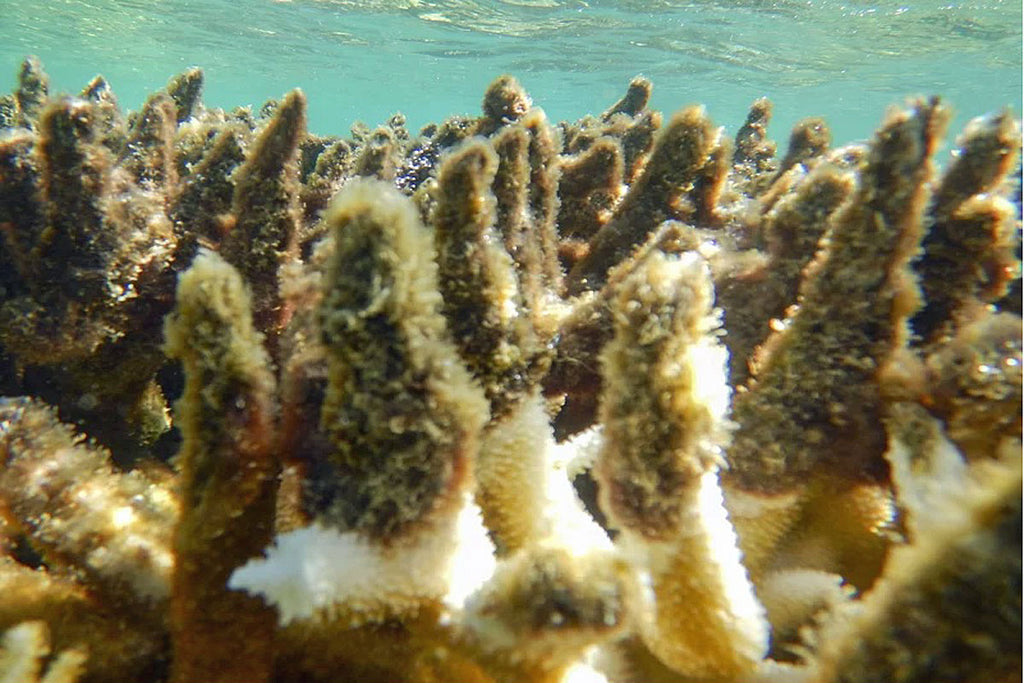
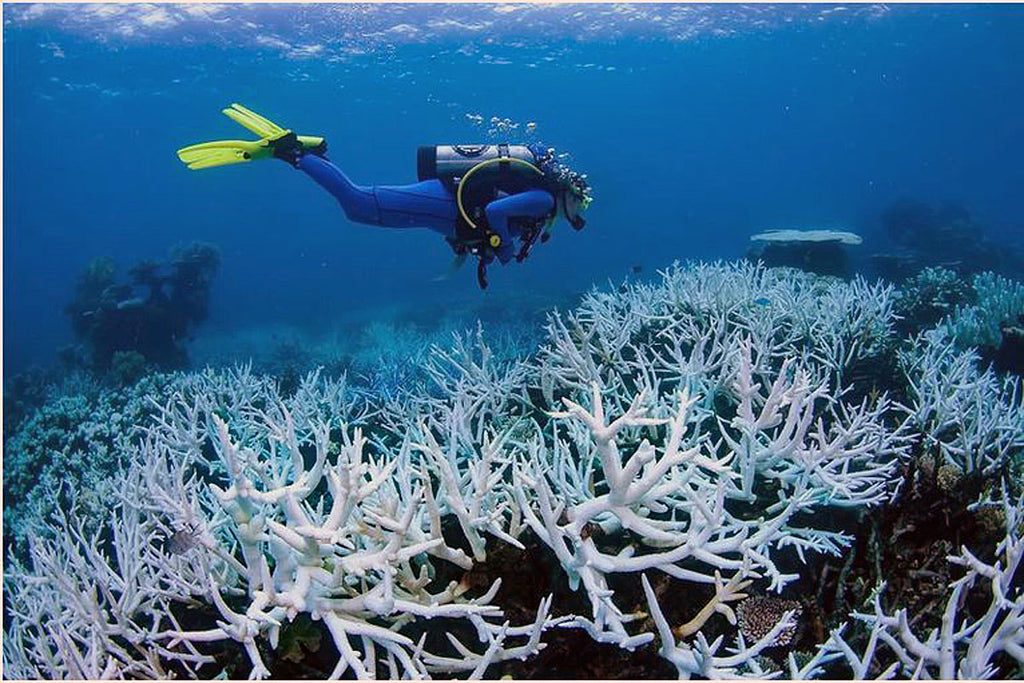
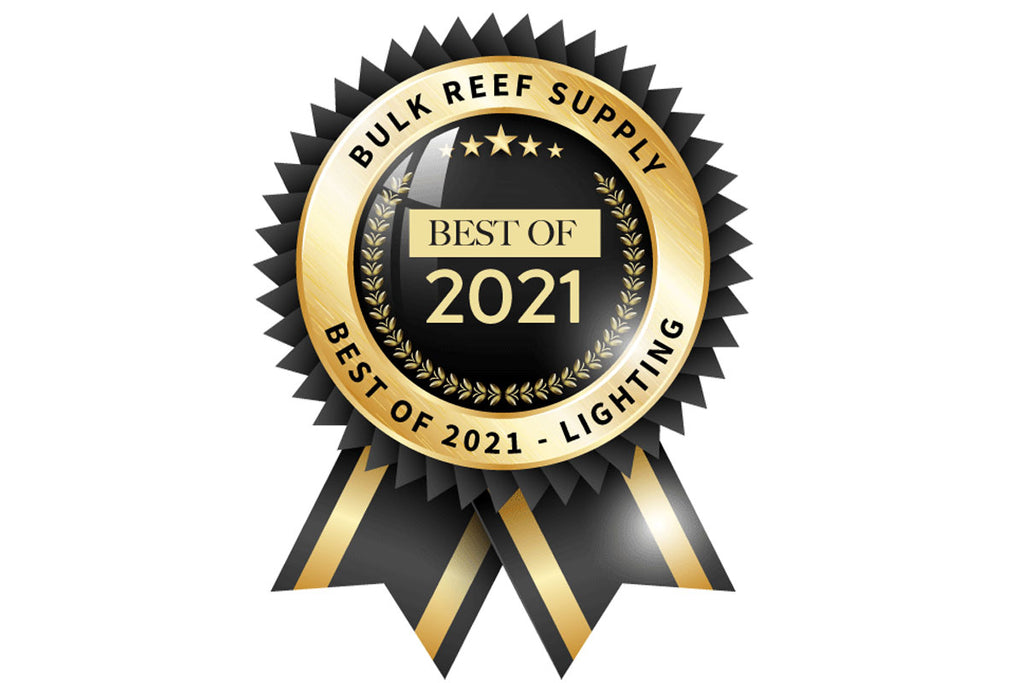
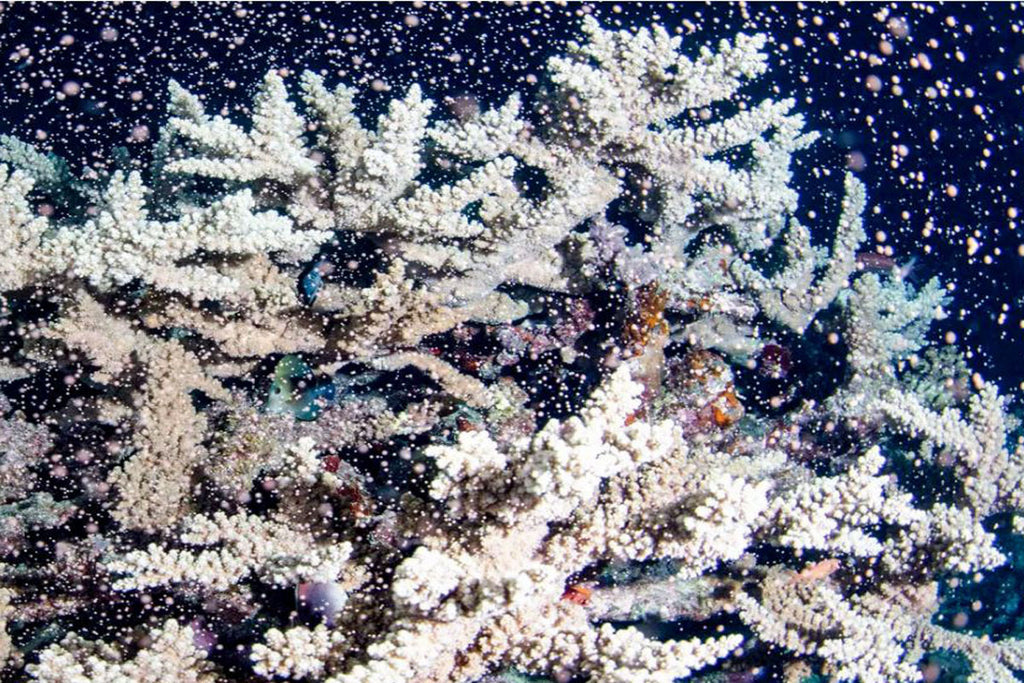
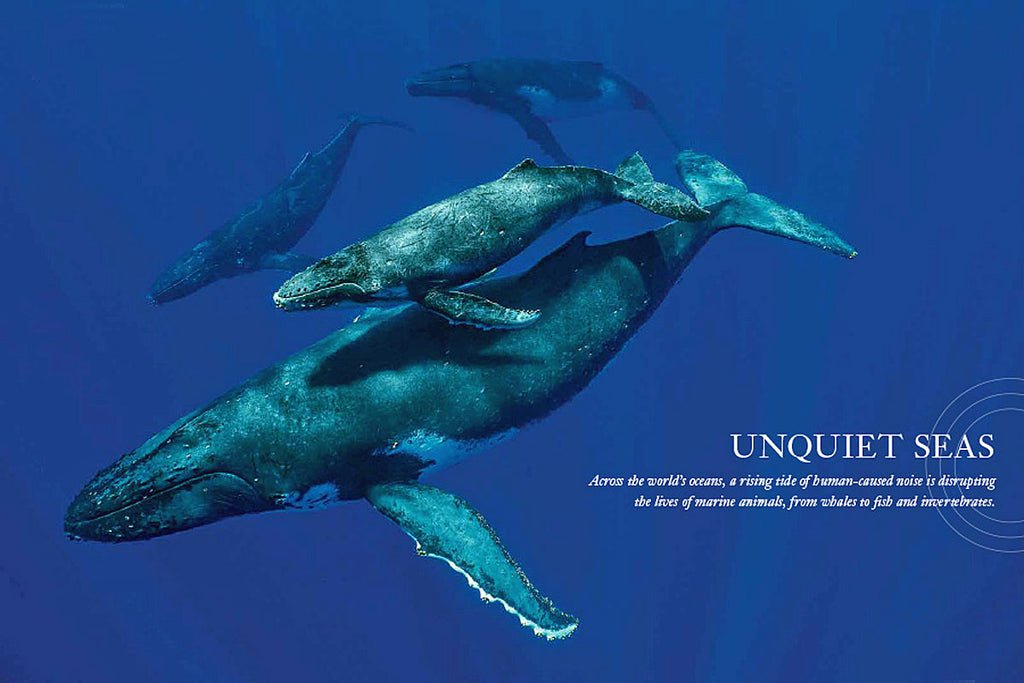
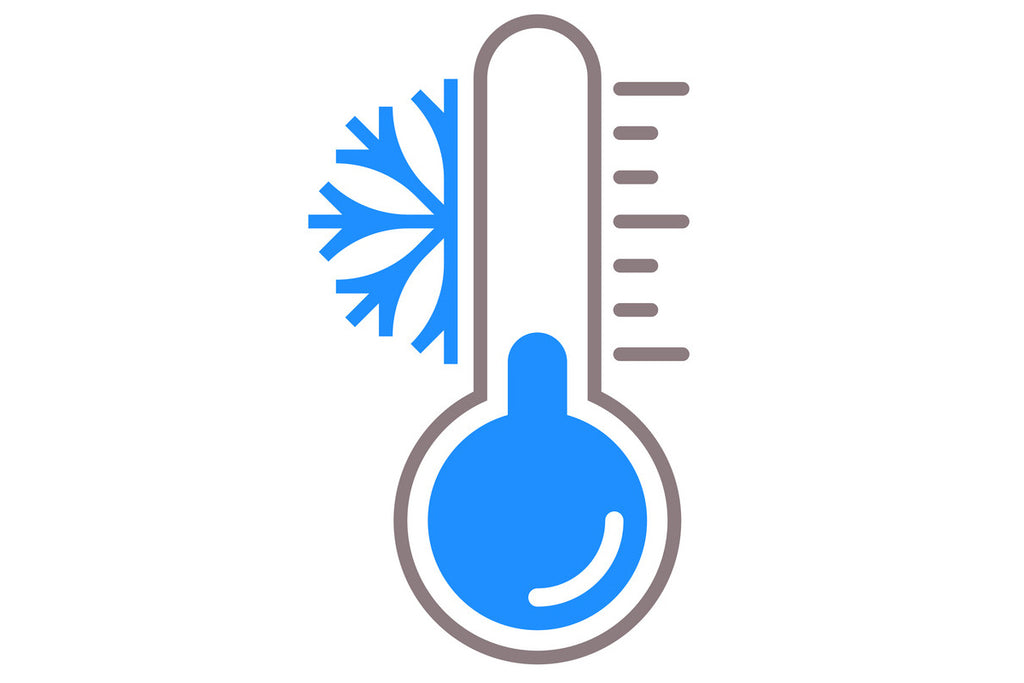

1 Comments
High valuable information